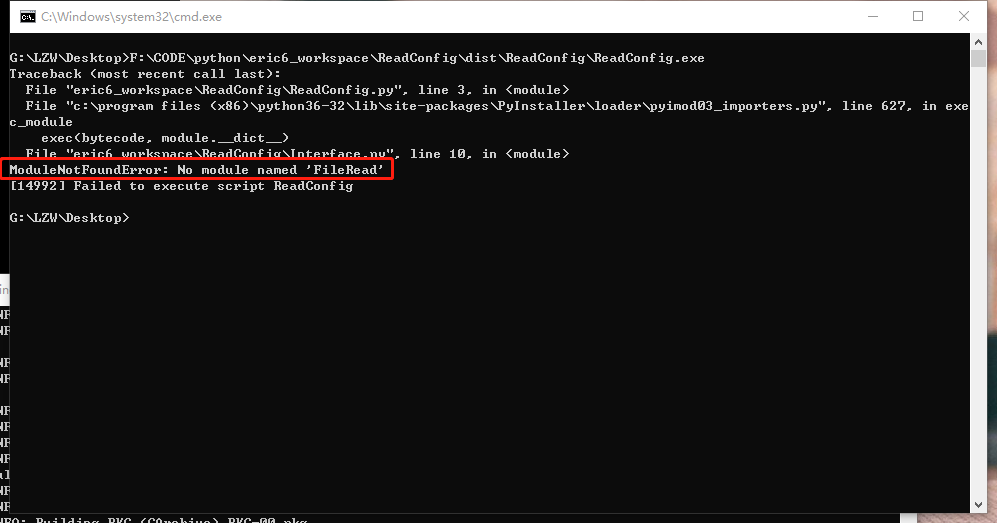


Pyinstaller -w file_name.py - By adding a -w, console will no longer appear while running your. exe file, it will open up console and run your script.

This will create a few folders and files, and when you will run your. Pyinstaller file_name.py - Simply converts your python file into an executable. exe file, you can run the following commands (Make sure you are in the same directory as your python file). You can consider adding C:\Users\user_name\AppData\Roaming\Python\Python37\Scripts to the Path. If for some reason, pyinstaller installs correctly but still doesn't work, you might want to add it in your PATH. All you gotta do is pip install pyinstaller or python -m pip install pyinstaller (obviously you have to make sure that your python and pip are in PATH).To check if pyinstaller got installed correctly, simply type pyinstaller in your cmd, if no errors appear, it means, you have pyinstaller installed. At this point, I've exhausted the feedback I can find from the program and documentation.Installing pyinstaller is pretty simple and straight forward. If not, I'd like to know any helpful steps or ideas to try. So, if you can tell me what's wrong go ahead. I have an input file which is included in the build, which my program reads in, does some (intense) calculations, and then creates a. The problem is, the program does nothing. exe version which runs from double clicking or from the command line, without printing any error. However, I've gotten (by adding imports of "missing" modules to my program) a. These in turn import all kinds of other things, and I can't track it down (the PyInstaller warning log lists 676 lines of missing or potentially unneeded modules.) My program uses a lot of additional installed modules (coopr, pyomo, openpyxl, glpk, cbc, pyutilib, numpy, etc.). I've tried py2exe (which continuously missed modules), and PyInstaller. After 3 days, I can't get a python program packaged into a.


 0 kommentar(er)
0 kommentar(er)
